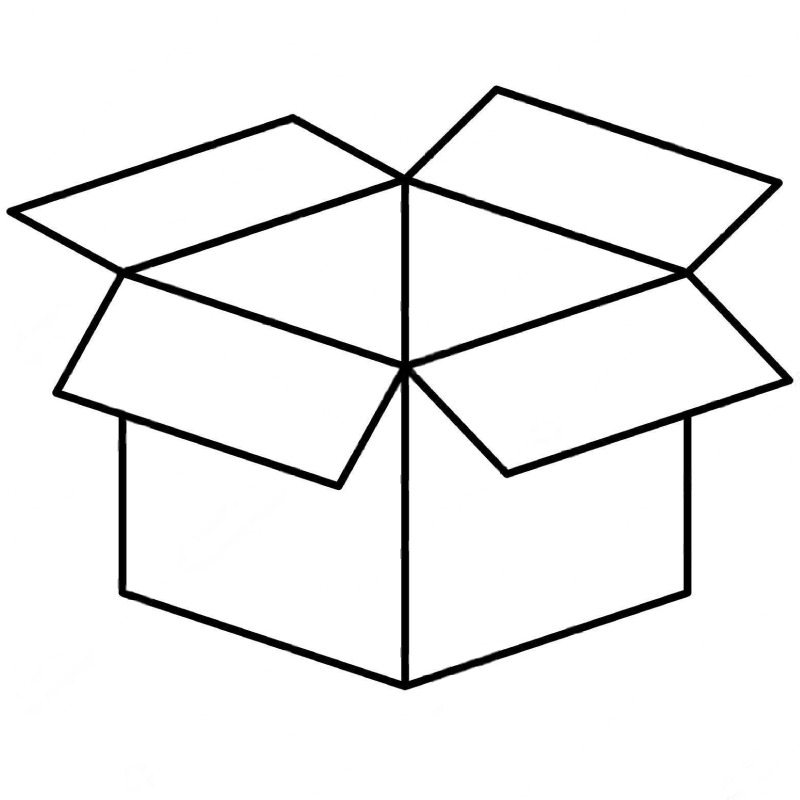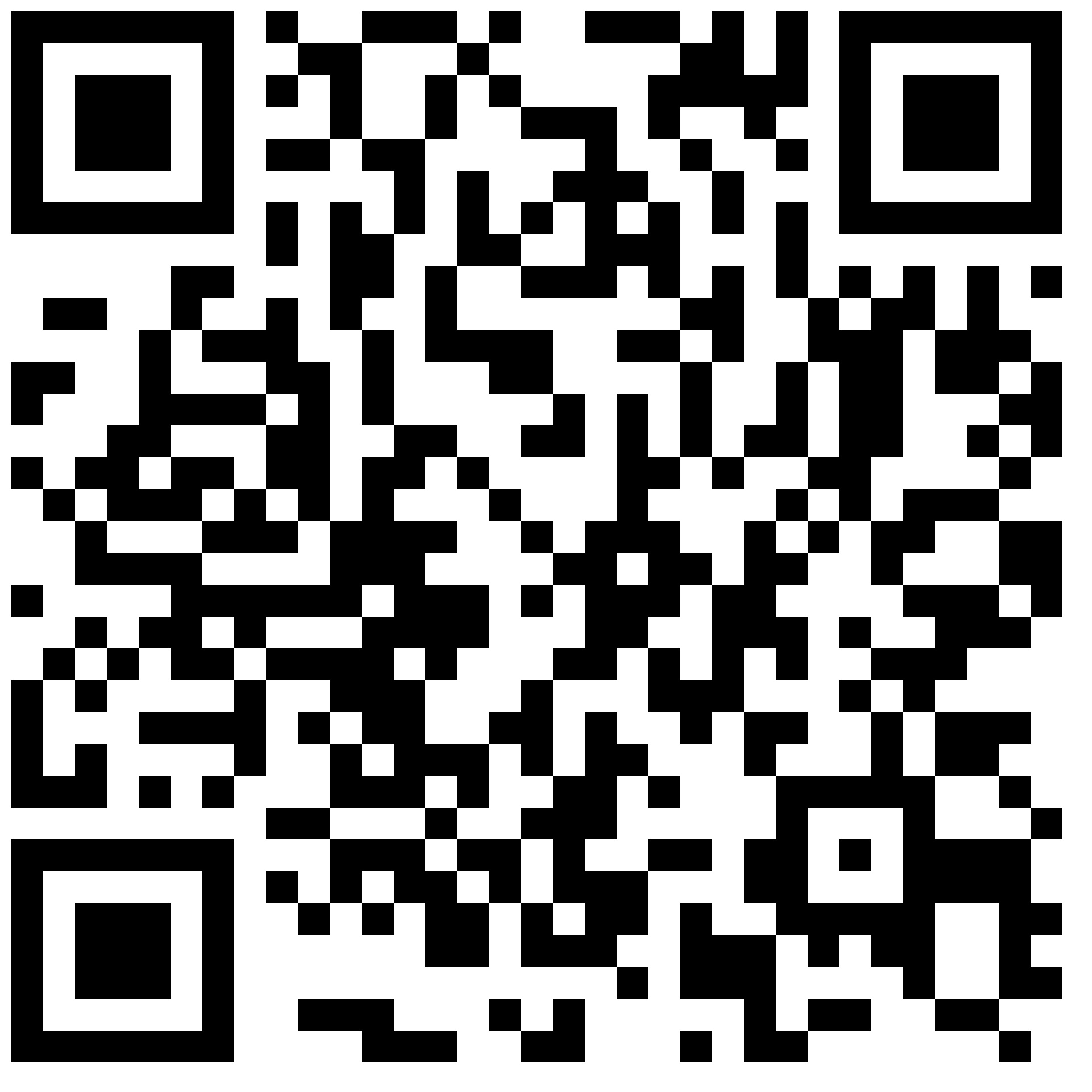
How To Perform A Breast Self-Exam: A Step-By-Step Guide
Breast self-exam (BSE) is an efficient, monthly chore that may extend the opportunity for early breast cancer detection. They help one to build up a perception of how breasts ought to be developed and textured; hence, whenever one notices changes, it does not lead to confusion. This will be done before we look at the reasons why these exams are important and how anyone is capable of conducting them.
Why Breast Self-Exams Are Important
Today, endoscopic tests play a crucial role in everyday activities aimed at maintaining breast health and conducting self-checks. They can advice you in circumstances when the changes might not be easily identifiable, including even in a mammogram test. EVALUATION plays a significant part in treatment in this way because people diagnosed in the early stage are most likely to have a complete response. York's sins might be likened to having a lesson in human anatomy so as to ensure that, in the first place, nobody will ever give any symptom the least chance of being overlooked.
When to Perform a Breast Self-Exam
Some of the habits that should not be ignored are as follows: Every woman is advised to perform the BSE monthly in order to feel more comfortable with the examination. It is suggested that the mammogram be performed a few days after menstruation, so if this tends to leave one tender breast during that time, this will not be a problem.
Preparing for the Exam
First, you need to be in a rather comfortable location where there is no possibility of being distracted by someone or something. To do this, you'll require a mirror, and it would be best done in a comfortable area where you can lie down well. The goal is to take your time and be thorough without rushing through the process.
Step 1: Visual Inspection
You can do it in the mirror, standing with your shoulders relaxed and your arms resting on your hips. Examine any differences in the size, shape, and color of the breasts they once possessed. Here are some things to check for:
Any visible distortion or swelling.
Changes in the nipple, such as inversion.
Redness, rash, or skin dimpling.
Changes in the skin's texture, like puckering.
Next, raise your arms above your head and look for the same changes.
Step 2: Physical Examination Lying Down
Lay face down on the floor with your right side up, bend your right arm at the elbow, and position your right wrist on your right shoulder blade. This places lays the breast tissue out flatter and makes it possible to palpate it easily.
With your palms up and the fingertips of your three middle fingers (index, middle, and ring fingers) of your left hand, massage your right breast in a circular motion.
For the initial phases, the first few fingers of the hand must be firm and close to each other.
Stretch from your collarbone to the top of your abdomen and from your armpit to your cleavage.
Make sure you are covering the whole breast following a pattern. There are options to draw circular arcs, up and down lines, or wedges, starting from the outer edge of the breast toward the areola and back.
Step 3: Physical Examination Standing Up
Similar to what one does while lying down, do it again while standing up. It is common knowledge that the skin becomes soft and wet when showering, so many women prefer to perform this part of the exam while washing themselves.
Common Changes to Look For
It is, therefore, important to understand what to look for when offering a breast self-exam. Here is the list of the changes that might be problematic:
A new lump or mass.
Swelling of part or all of the breast.
Skin irritation or dimpling.
Breast or nipple pain.
Nipple retraction (turning inward).
Redness, scaliness, or thickening of the nipple or breast skin.
A discharge is other than breast milk.
What to Do If You Find a Lump
As a matter of fact, most lumps are benign, and that is the reason why when you get one, you should not be worried that it is cancer. However, occasionally, and in some ears, there are things that are too weird; in case or in any place where you come across this, do not panic or overemphasize worry. Here are the steps you should take:
It is for this reason you need to organize an appointment with your doctor. Basically, mammography can palpate if you have symptoms of breast cancer and may recommend having a mammogram or ultrasound.
Monitor the lump. Keep track of any changes in size, shape, or texture.
Seek support. It can be helpful to talk to someone you trust about your concerns.
Tips for Effective Self-Exams
To make your breast self-exams as effective as possible, keep these tips in mind:
Be consistent. Perform your exam on the same day each month.
Take your time. Don't rush through the process.
Use a mirror. This helps you see changes you might not feel.
Conclusion
Breast self-exam is the self-examination of the breast either by touching or by observation, and it is a good way of preventing breast cancer. Early detection of changes in size, shape, color, texture, or tenderness is important for early treatment. If you are aware of how your breast should appear and feel, you will get help immediately. Just remember that it is important to detect the disease at an early stage, and the theater world is a good start. BREAST CANCER – Make breast self-exams a habit and familiarize others with this simple yet important step in maintaining good health.

